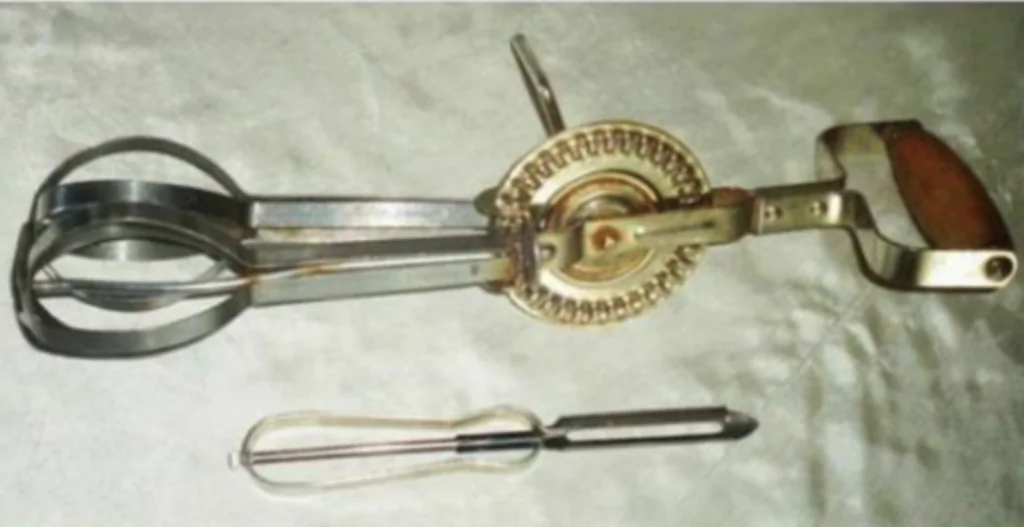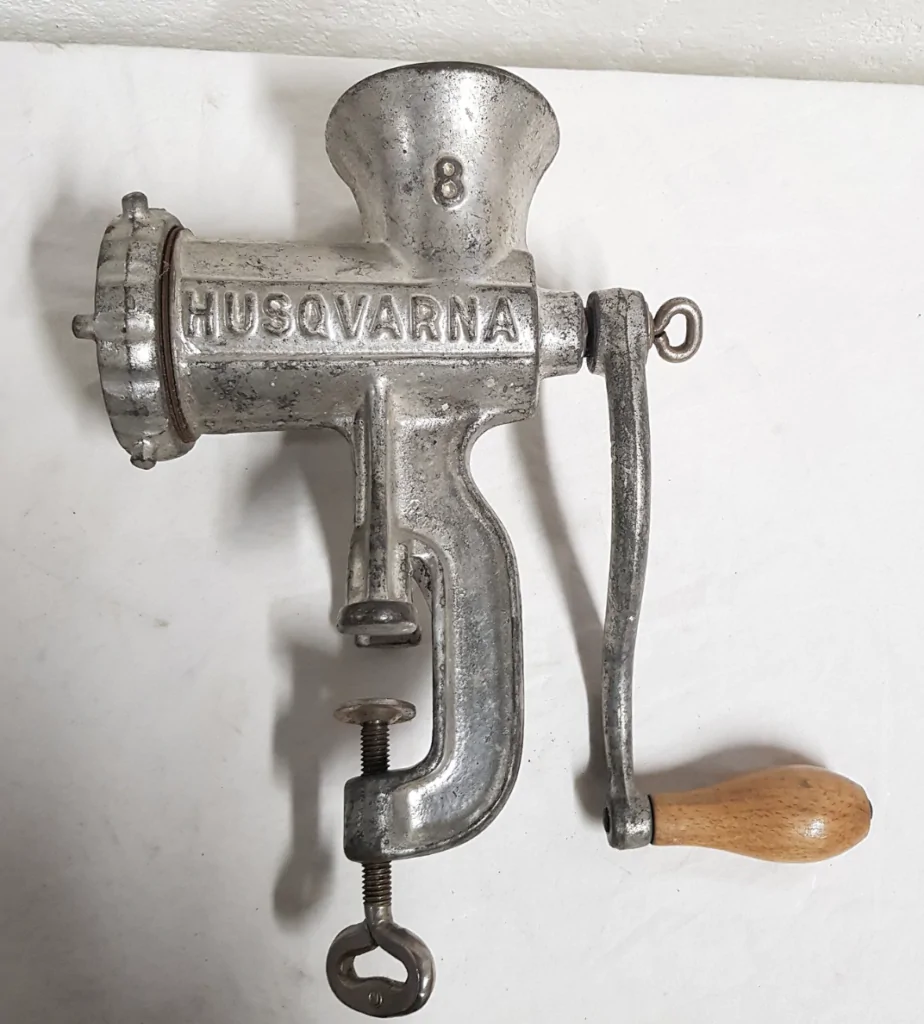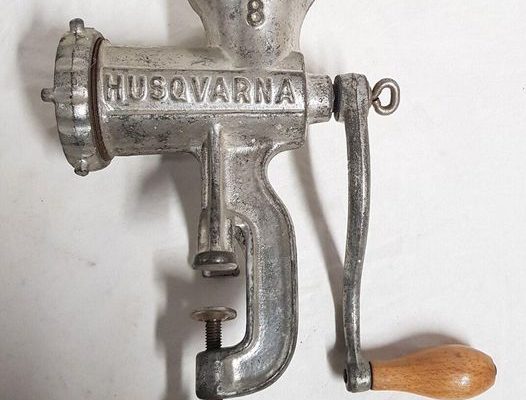Have you ever stopped to think how the kitchen tools we rely on every day came to be? Today, let’s take a trip back in time to explore the fascinating history of one such essential appliance: the mixer.
The Early Days of Mixing
The tale starts in the mid-1800s when inventors worldwide were trying to find ways to simplify and improve the mixing of ingredients. Ralph Collier, a tinner from Baltimore, patented the first mixer with rotating parts in 1856. Shortly after, E.P. Griffith introduced the whisk, a groundbreaking tool for blending ingredients. The Monroe brothers, J.F. and E.P., also left their legacy with the hand-turned rotary egg beater, receiving a patent in the U.S. in 1859.

The Dover Stamping Company noticed these initial designs and obtained the patent from the Monroe Brothers. The Dover egg beaters became a popular American brand, referred to as the “Dover beater.” These beaters were highly respected, to the extent that a recipe from the Gazette newspaper of Cedar Rapids, IA in February 1929 showcased the renowned Dover beater in a delightful dessert recipe named “Hur-Mon Bavarian Cream.”
Enter the Electric Era
In 1885, the first electric mixer was created by American inventor Rufus Eastman. But it was the Hobart Manufacturing Company that really changed the game with their big commercial mixers. Their innovative model in 1914 completely transformed the mixer industry.
During the early 1900s, the Hobart KitchenAid and Sunbeam Mixmaster were popular American brands. However, electric mixers didn’t become common in households until the 1920s.
The Stand Mixer: A Game Changer
In 1908, Herbert Johnston, an engineer working for the Hobart Manufacturing Company, had a brilliant idea when he saw a baker using a metal spoon to mix bread dough. He understood that there must be a more efficient method, so he decided to invent a mechanical device to make the process easier.
In 1915, Johnston’s 20-gallon mixer was widely used in big bakeries. However, in just four years, the Hobart Manufacturing Company introduced the Kitchen Aid Food Preparer, also known as the stand mixer. This innovative invention soon became a common appliance in kitchens throughout the country.
The kitchen tool has evolved significantly over the years, starting from hand-turned rotary beaters in the 19th century to the modern electric stand mixers we use today. These innovations have greatly improved our cooking experience.
The next time you make cookies or mix a delicious cake batter, pause for a moment to acknowledge the fascinating history of your reliable mixer. It showcases human creativity and the aspiration to make daily chores easier.

Besides the mixer, another handy kitchen gadget with an interesting background is the meat grinder. Referred to as a “meat mincer” in the UK, this tool is used for mincing and mixing various ingredients like meat, fish, and vegetables.
The meat grinder’s history can be traced back to the 19th century, when Karl Drais created the initial model of this impressive device. In the beginning, meat grinders were operated by hand, with the meat being pushed through a metal plate containing small holes, resulting in thin, elongated strands of flesh.
Due to technological progress and the easy access to electricity, manufacturers started producing electric meat grinders. These modern devices can efficiently grind large amounts of beef in a consistent manner. Some models have additional features like making sausages, kibbe, and juicing, making meat grinders more versatile.
Next time you chop meat for a delicious meal or try making your own sausages, think about the history and creativity that went into creating your meat grinder. It shows how kitchen gadgets have advanced to make our cooking experiences easier and more enjoyable.



